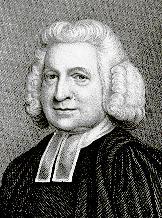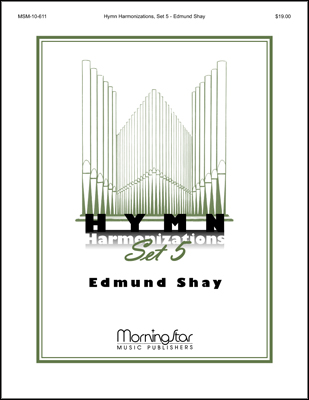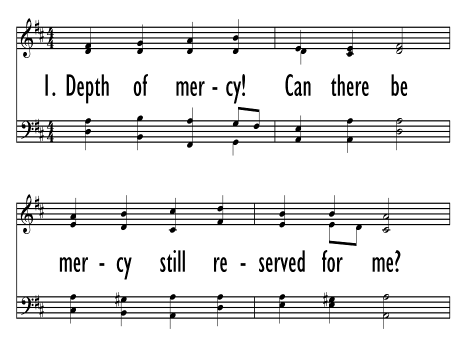- |
User Links
Depth of Mercy! Can There Be?

Depth of mercy! can there be, Mercy still reserved for me (Wesley)
Author: Charles Wesley (1740)Published in 826 hymnals
Printable scores: PDF, MusicXMLPlayable presentation: Lyrics only, lyrics + musicAudio files: MIDI, Recording
Representative Text
1 Depth of mercy! Can there be
mercy still reserved for me?
Can my God His wrath forbear?
me, the chief of sinners, spare?
2 I have long withstood His grace,
long provoked Him to His face;
would not hearken to His calls,
grieved Him by a thousand falls.
3 I my Master have denied;
I afresh have crucified,
oft profaned His hallowed name,
put Him to an open shame.
4 There for me the Savior stands,
shows His wounds and spreads His hands.
God is love! I know, I feel;
Jesus weeps, but loves me still!
5 Now incline me to repent,
let me now my fall lament;
now my foul revolt deplore!
weep, believe, and sin no more.
Source: Psalms and Hymns to the Living God #205
Author: Charles Wesley
 Charles Wesley, M.A. was the great hymn-writer of the Wesley family, perhaps, taking quantity and quality into consideration, the great hymn-writer of all ages. Charles Wesley was the youngest son and 18th child of Samuel and Susanna Wesley, and was born at Epworth Rectory, Dec. 18, 1707. In 1716 he went to Westminster School, being provided with a home and board by his elder brother Samuel, then usher at the school, until 1721, when he was elected King's Scholar, and as such received his board and education free. In 1726 Charles Wesley was elected to a Westminster studentship at Christ Church, Oxford, where he took his degree in 1729, and became a college tutor. In the early part of the same year his religious impressions were much deepene… Go to person page >
Charles Wesley, M.A. was the great hymn-writer of the Wesley family, perhaps, taking quantity and quality into consideration, the great hymn-writer of all ages. Charles Wesley was the youngest son and 18th child of Samuel and Susanna Wesley, and was born at Epworth Rectory, Dec. 18, 1707. In 1716 he went to Westminster School, being provided with a home and board by his elder brother Samuel, then usher at the school, until 1721, when he was elected King's Scholar, and as such received his board and education free. In 1726 Charles Wesley was elected to a Westminster studentship at Christ Church, Oxford, where he took his degree in 1729, and became a college tutor. In the early part of the same year his religious impressions were much deepene… Go to person page >Text Information
Related Texts
| First Line: | Depth of mercy! can there be, Mercy still reserved for me (Wesley) |
| Title: | Depth of Mercy! Can There Be? |
| Author: | Charles Wesley (1740) |
| Meter: | 7.7.7.7 |
| Language: | English |
| Copyright: | Public Domain |
Notes
Depth of mercy, can there be. C. Wesley. [Desiring Mercy and Pardon.] First published in Hymns & Sacred Poems, 1740, and headed "After a Relapse into Sin," in 13 stanzas of 4 lines, Poetical Works, 1868-72, vol. i. p. 271. When included in the Wesleyan Hymn Book, 1780, No. 162, stanza iii. was omitted, and stanza viii. was included in stanza ii., the result being 6 stanzas of 8 lines. This arrangement was continued in later editions, and has passed into other collections, both in Great Britain and America. In Stevenson's Methodist Hymn Book, and its Associations, 1870-83, is an interesting and pathetic account of an actress and her change of life through the instrumentality of this hymn. The account has been repeated in many books and in various forms. It is of American origin, and first appeared, as far as can be traced, in Belcher's Historical Notes on Hymns and Authors. Although possibly true, it lacks authentication. No one has yet ventured to say whether the circumstance occurred in Great Britain or America, or whether it was in the last century or in this. Failing these details, we are not surprised that the names of the town and of the actress are both wanting.
--John Julian, Dictionary of Hymnology (1907)
Access an additional article on the Canterbury Dictionary of Hymnology:
Timeline
Arrangements
Media
- MIDI file from Baptist Hymnal 1991 #306
- Audio recording from Baptist Hymnal 1991 #306
- MIDI file from The Cyber Hymnal #1215
- MIDI file from Gospel Hymns No. 5 #194
- MIDI file from Gospel Melodies and Evangelistic Hymns #133
- Audio recording from Lift Up Your Hearts: psalms, hymns, and spiritual songs #702
- MIDI file from Make Christ King: a selection of high class gospel music for use in general worship and special evangelistic meetings #306
- MIDI file from The United Methodist Hymnal #355
- Audio recording from The United Methodist Hymnal #355


 My Starred Hymns
My Starred Hymns




